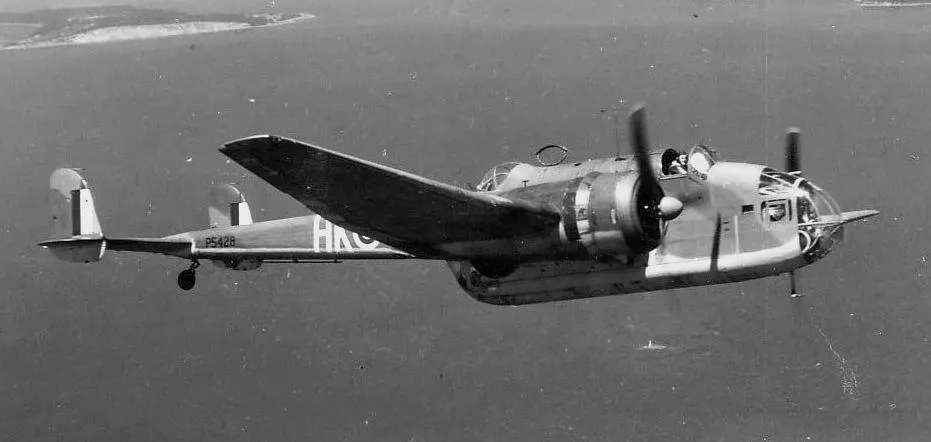The aircraft was shot down by a German fighter at the Russia - Finland border when on a ferry flight to Russia.
The aircrew all bailed out safely and parachuted to safety and became prisoners of war.
POWs: Sergeant Henry Lewis Bertrand RAF POW Stalag 344 Lamsdorf. Sergeant Edward Dudley Bind RCAF R/69862 POW Stalag 344 Lamsdorf. Cpl George Richard Desforges RAF POW Stalag 344 Lamsdorf. Sergeant Kenneth Scott Piper RCAF R/74851 POW Stalag 2D Stargard. Sergeant Kenneth Clayton Smith RCAF R/79571 POW Stalag 344 Lamsdorf.


